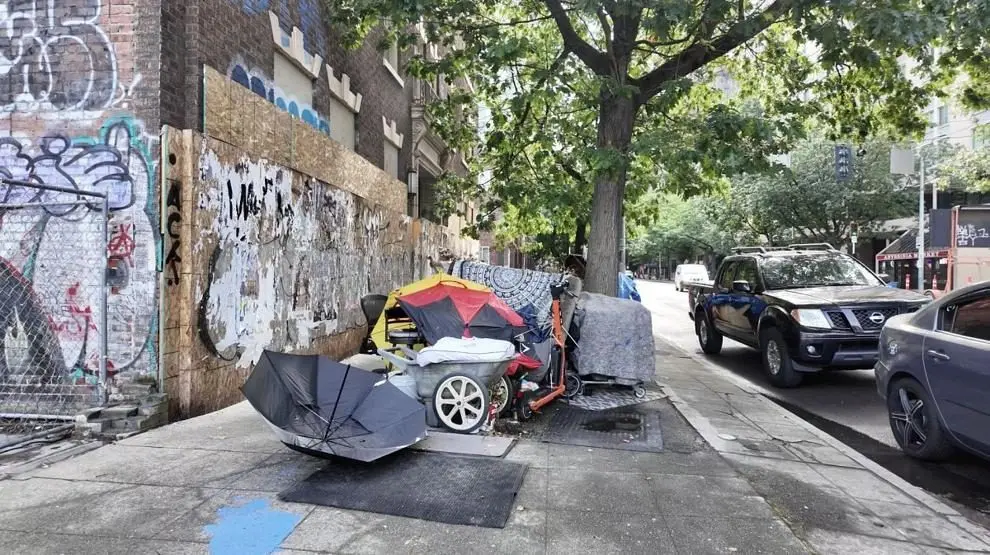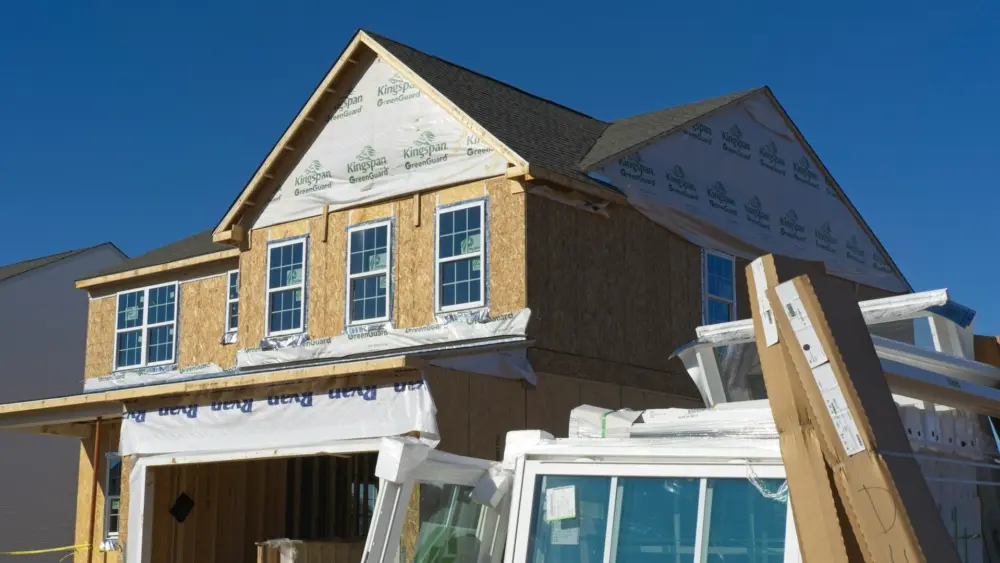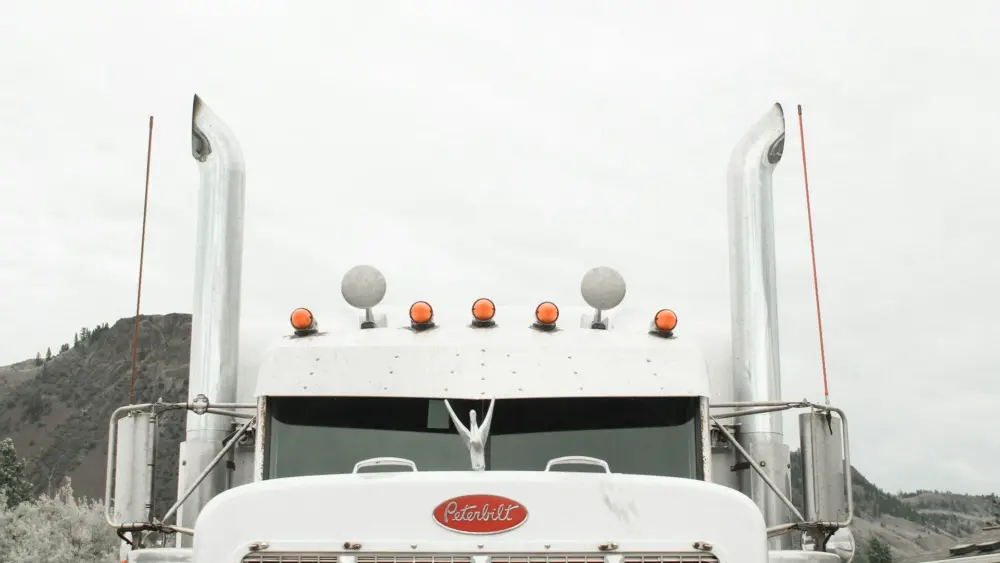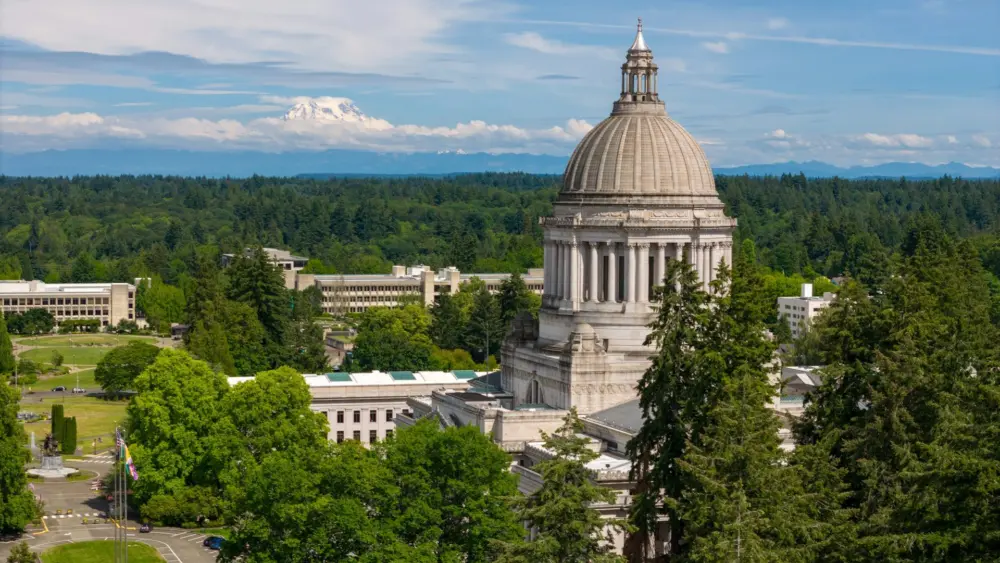TACOMA, WA – Tacoma has passed a new ordinance to expand its public camping ban, establishing new “buffer zones” where camping is prohibited around public parks, schools, libraries and permanent shelters. Approval of the ordinance is at least partially a response to the closure of several temporary shelters, which had previously created buffer zones.
Ordinance proponents say it prioritizes safety and accessibility in public spaces, but critics argue it criminalizes homelessness and exacerbates challenges for the unhoused.
Ordinance 29064, introduced by Tacoma City Councilmember John Hines, amends the city’s municipal code governing public camping to establish a two-block buffer zone around public schools, parks, libraries and permanent shelters. Earlier drafts of the bill proposed a five-block radius, but that was reduced following discussions by the council.
The bill passed on a 5-4 vote, with Tacoma Mayor Victoria Woodards casting the deciding vote amid boos and chants of “shame” from some attendees. Besides Woodwards and Hines, other yes votes were Councilmembers Sarah Rumbaugh, Sandesh Sadalge, Kristina Walker. Councilmembers Olgy Diaz, Jamika Scott, Joe Bushnell and Kiara Daniels voted against the ordinance.
Hines’ ordinance responds to a resurgence of homeless encampments in areas with reduced buffer zones. He noted that people who are found camping in these zones will be considered for referral to therapeutic court if they qualify.
“I remain committed to continuing to think creatively about how we help all our residents have a place to call home,” Hines said in a statement. “We must, however, also ensure that our public spaces are safe, accessible, and maintained for their intended use.”
In 2022, the Tacoma City Council approved an ordinance banning camping and the storage of personal belongings in a 10-block radius around temporary shelters.
According to Hines, the buffer was established to create space around the city’s temporary shelters so that homeless people could freely access them.
Public commenters who spoke against the bill said the bans scatter the homeless population throughout the city and make being homeless a crime. The Mockingbird Society, a youth homelessness advocacy group, wrote in a social media post on Thursday that the ordinance “is yet another step in criminalizing homelessness and making life even harder for unhoused individuals.”
Diaz noted that Tacoma’s neighboring cities do not provide enough shelter to address the regional homelessness crisis. This has caused Tacoma to step up, allocating more than $100 million to create more affordable housing and shelter services. In the city’s current biennium budget, $32 million has been allocated toward shelters and homeless services.
“I have a hard time hearing we’re doing nothing, when we’re investing a lot,” Diaz said during the Tuesday meeting.
The passage of Ordinance 29064 shrinks buffers around shelters outside of Tacoma’s downtown core from the established 10-block radius to five blocks.
Earlier this year, three Tacoma emergency shelters concluded operations due to funding cuts.
As for emergency shelters within Tacoma’s downtown area, the prohibition on camping and the storage of personal belongings on public property is set within 10 blocks of a shelter.
Since implementing the original public camping prohibition, Ordinance 28831, the city was able to remove 776 encampments in the prohibited areas. Tacoma’s Homeless Engagement and Alternatives Team has also been able to refer more than 3,300 people to supportive services and shelters since implementation of the ordinance began, with a 64% acceptance rate, according to the newly-approved bill.
In the 2025 Point-in-Time count for Pierce County, 2,955 people were counted as experiencing homelessness, an 11% increase from 2024.





